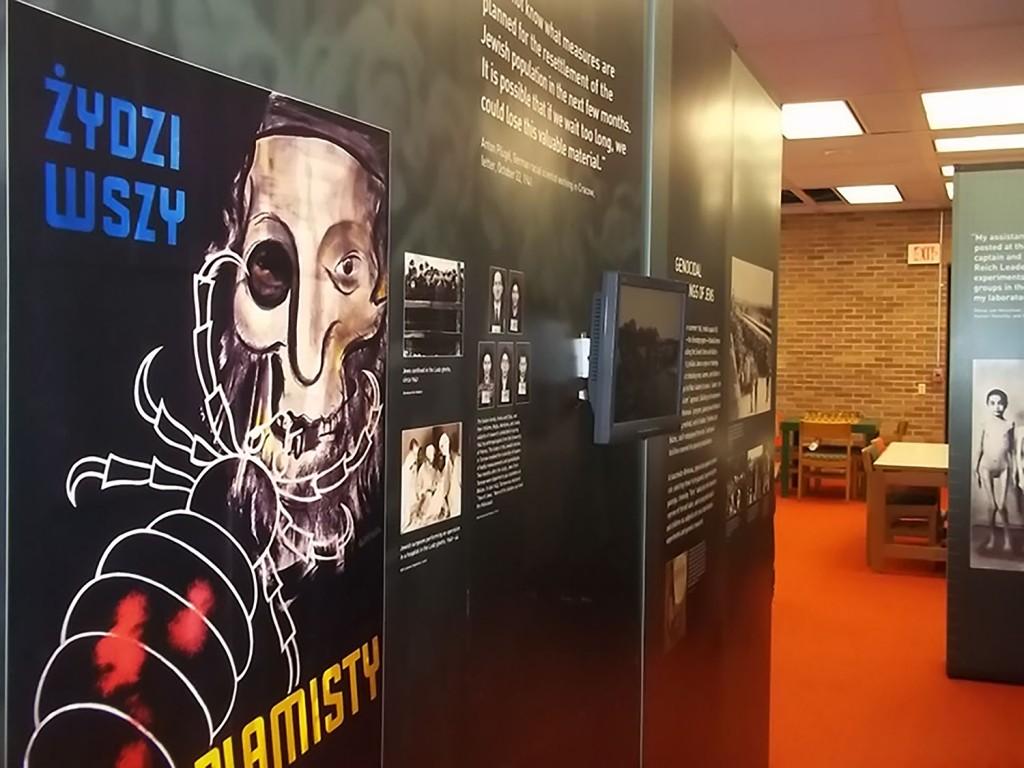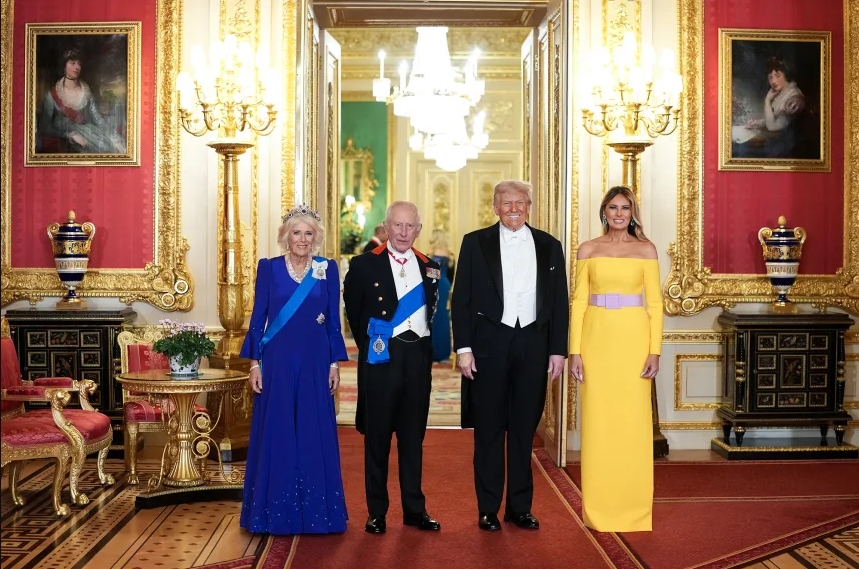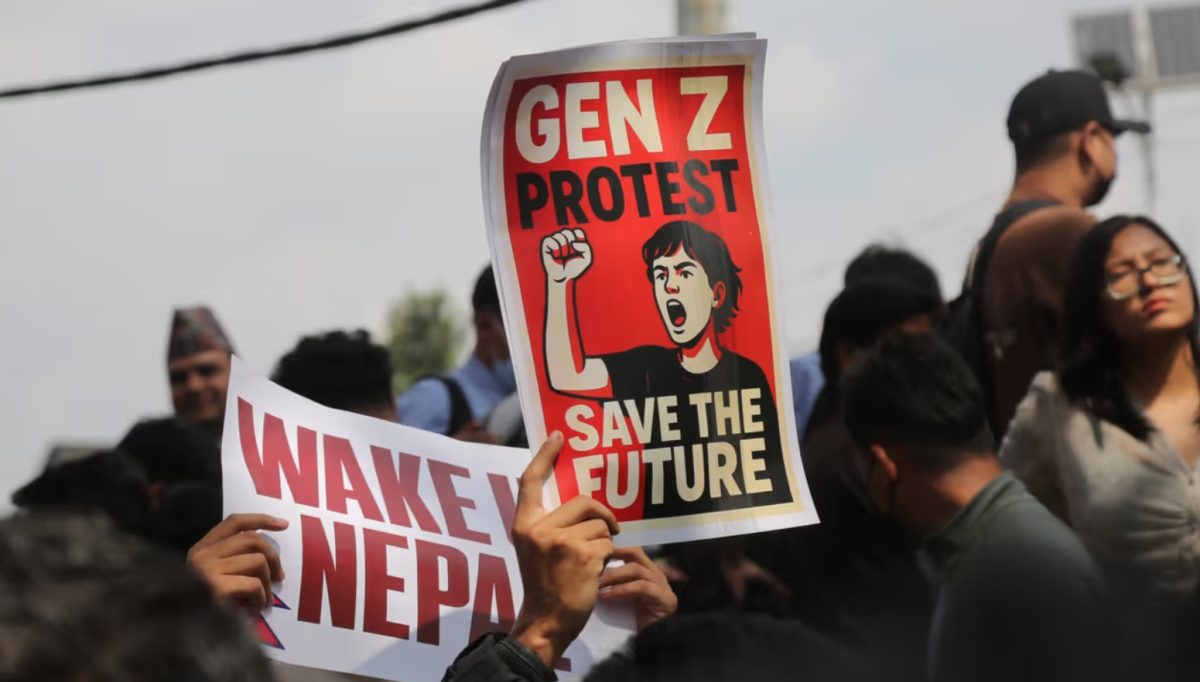A traveling exhibit from the United States Holocaust Museum has been residing on the first floor of Gannon University’s Nash library since June 22. The exhibit, called Deadly Medicine, was open to the public over the summer and is open to visitors and students until Oct. 28 during library hours.
The university planned a series of lectures given by faculty to accompany the exhibit and aid student reflection on the science behind the holocaust, particularly eugenics.
Jeff Bloodworth, Ph.D., an associate professor of history at Gannon, will speak at the grand opening lecture for the exhibit in the Nash library at 7:30 p.m. Thursday.
Other lectures include “Exhibiting Human Atrocity,” given by Alexa D. Potter, one of the researchers behind the exhibit, at 1:30 p.m. on Sept. 17 in the Yehl Ballroom.
Kelly Grant, Ph.D., will speak on “Eugenics Meets Modern Bitoechnology,” at 7:30 p.m. on Sept. 24 in the Yehl Ballroom.
A holocaust survivor will speak in the Yehl Ballroom at 7:30 p.m. on Oct. 8, and the lecture series will end with an interfaith Shabbat under the direction of Temple Anshe Hesed. The Shabbat will take place at 6:15 p.m. on Oct. 23 in the Yehl Ballroom.
Bloodworth said the focus of his lecture will be to establish the context of how the Nazi eugenics movement was able to gain acceptance in German society.
“I’m trying to explain the inexplicable,” Bloodworth said.
He said he wants students to understand how eugenics were embraced around the western world and the deeper context of how the Nazis came to power.
“[Students should] appreciate eugenics in a more nuanced way,” Bloodworth said.
“I want to students to see what made Germany susceptible to a radical political response and the bigger picture of how this could have happened. If it happened once, it could happen again.”
He said that understanding the deeper context of the mentality behind the eugenics movement is important in order to prevent circumstances from replicating again.
Bloodworth spent two weeks at the United States Holocaust Museum over the summer and four weeks in Poland.
“If that doesn’t depress you, I don’t know what will,” Bloodworth said.
Bloodworth spent time abroad this summer to scout out landmarks for a cross-disciplinary course he is teaching with James Menkhaus, Ph.D., in the summer semester of 2016.
The course is called Good and Evil: Reconciling the Holocaust and the professors will be splitting curriculums with half the time on history and the other half on theology.
The students will visit Prague, Warsaw and Holocaust landmarks like Auschwitz and Treblinka.
“It’s not all depressing stuff,” Bloodworth said. He said visiting Prague will be beneficial to students to have time to digest the material and enjoy one of the most beautiful places in Europe.
Bloodworth said students will learn history, theology, literature and the roots of the Holocaust and how it matters in the modern world.
“It’s a terribly interesting course,” Bloodworth said. “If it’s not good it’s our fault.”
The cost of the course is estimated at $2,500 for all student costs, Bloodworth said. Each student who enrolls in the course will also receive a scholarship to help defer the cost of traveling. The Barker Globalization Grant also helped to fund student learning.
For more immediate information, students can visit the exhibit any time during regular library hours. Bloodworth said he took the time to walk through the library’s exhibit over the summer and found it standard in terms of traveling exhibits.
“They do a nice job of mixing video with photography with a script — it’s very well-designed,” Bloodworth said. “You can go through it in 20-25 minutes and learn in a very sufficient way what eugenics meant to the Nazis.”
Taylor Wolff, a junior medical technology major, said the exhibit showed her a different perspective of the Holocaust.
“I was appalled to see how simple concepts of science were perverted and resulted in genocide,” Wolff said.
Mackenzie Blaney, a junior nursing major, said she walked through the exhibit but wanted more details.
“Most of the stuff I already knew about,” Blaney said. “They only gave Dr. Menegle one wall, and I expected more examples of experiments other than measuring foreheads.”
KELSEY GHERING
[email protected]








